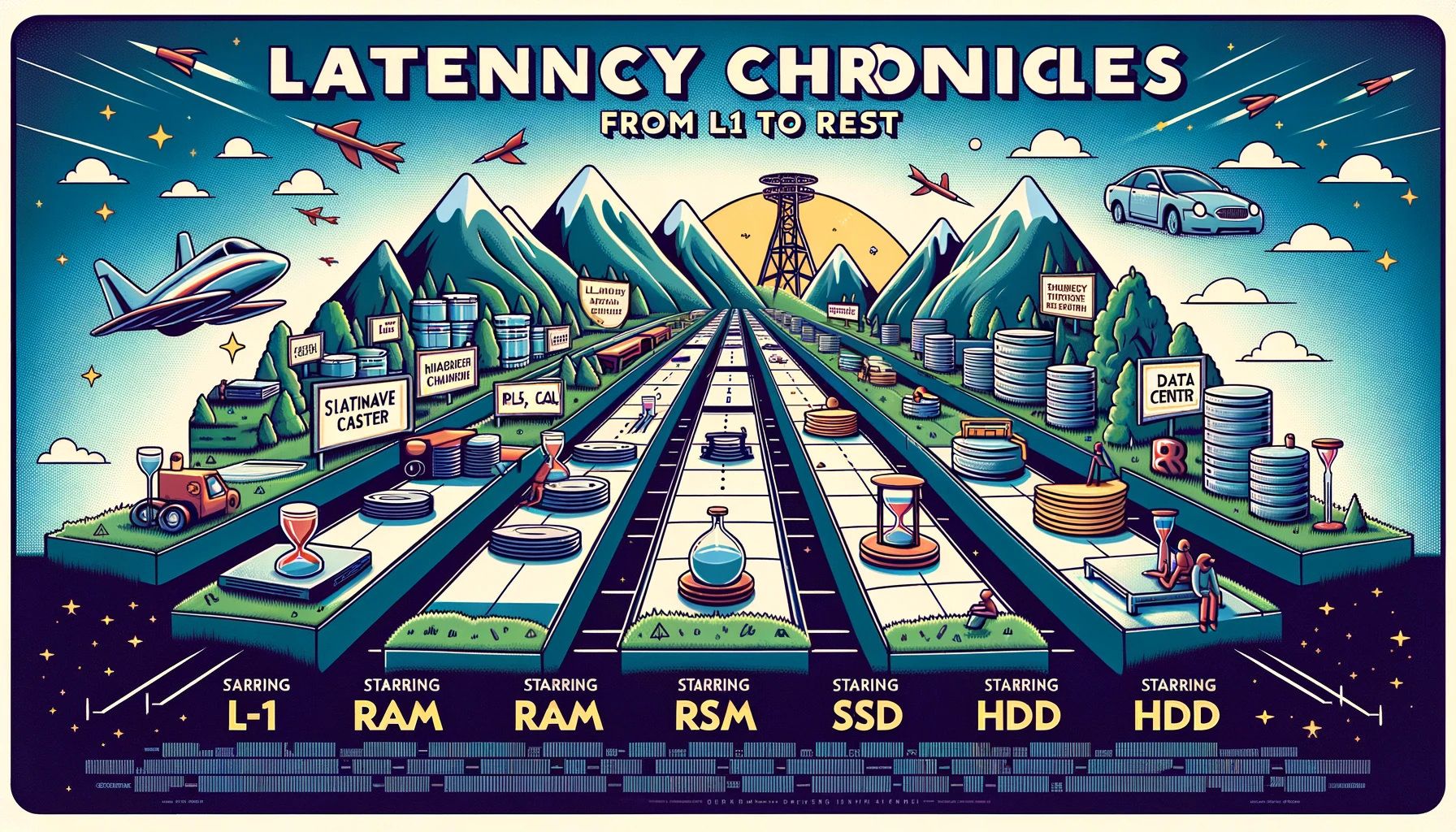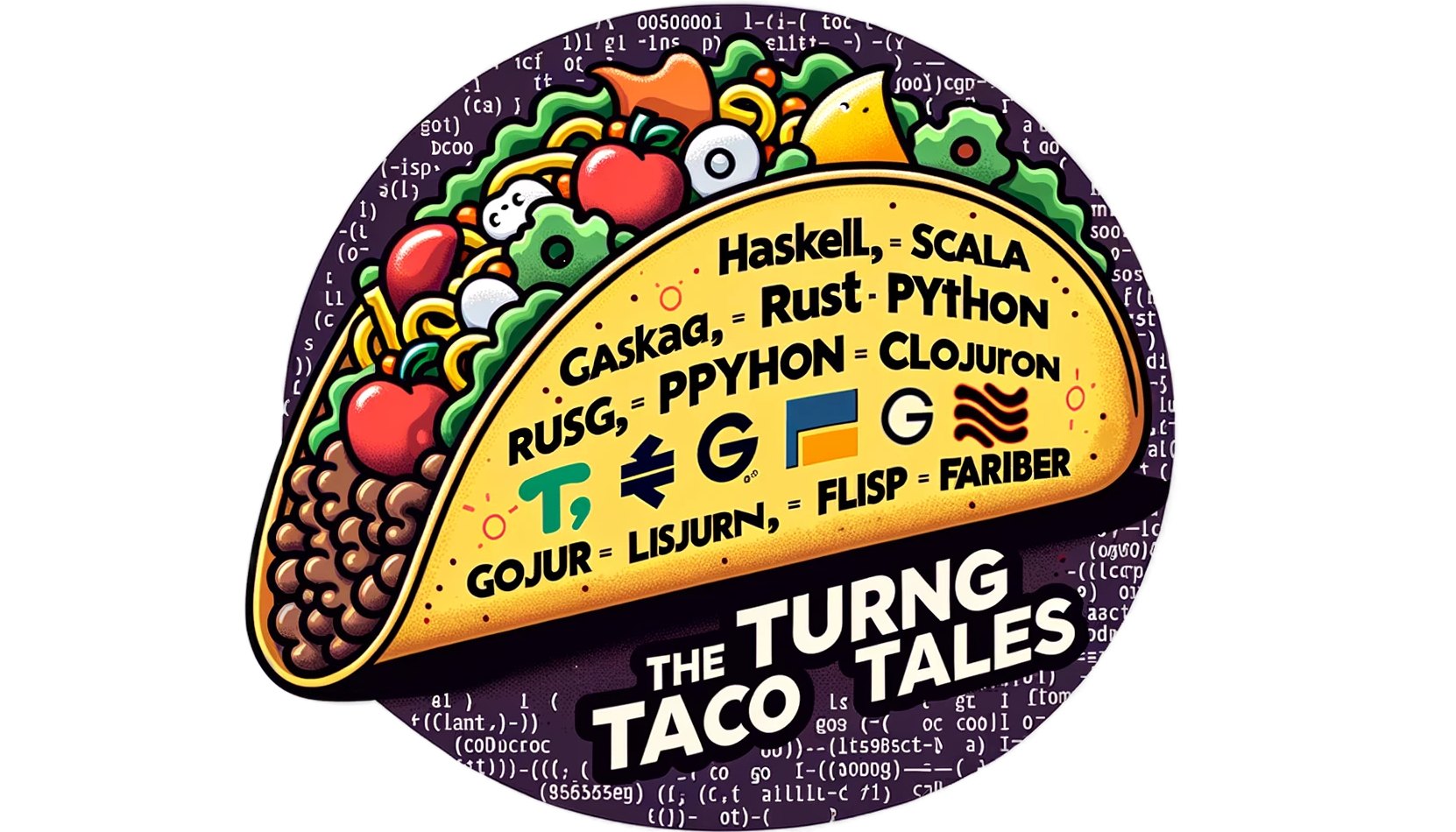From Slow to Go: The Power of Caching
Explore caching to speed up web applications. Learn different cache management strategies to provide a seamless user experience despite network or database delays. Discover how caching is a vital tool in modern computing.

Overview
Only two things are hard in computer science: naming things, cache invalidation, and off-by-one errors.
Among these, caching stands as a cornerstone in optimizing system performance. It's the art and science of storing copies of data in faster media to its origin to be accessed more quickly.
Caching is akin to having a small memory where frequently accessed data resides, drastically reducing the time and resources required to fetch the data. This data could originate from a slow database, files read from a disk, or heavy computations that don't change often.
Whether we're developing a high-traffic website, working on a data-intensive application, or striving to enhance user experience, employing the right or wrong caching strategy can make or break the performance of your system.
In this article, we will unearth the essence of caching, its types, and how to implement it correctly to supercharge your applications.
The Importance of Caching in Modern Computing
In today's fast-paced digital world, user expectations for quick, seamless experiences have never been higher.
The speed at which a webpage load or an application responds is often a make-or-break factor for user engagement and satisfaction. This is where caching becomes a cornerstone technology to meet these high-speed demands.
Most complex systems have caching implementations at various levels, including hardware. Still, it's crucial that we understand and leverage caching to optimize software performance.
One might wonder, why bother with caching when there are advancements in hardware and network infrastructure? The answer lies in the relative latency of data access from different sources. Here's a refresher on the typical latencies involved:
- Accessing data from L1 cache takes about 0.5 ns
- Accessing data from L2 cache takes about 7 ns
- Accessing data from RAM takes about 100 ns
- Sending data within the same rack takes about 500,000 ns (0.5 ms)
- Sending data within the same data center takes about 1,000,000 ns (1 ms)

Website Loading Scenario
Let's consider a website scenario. Assume a website that displays user profiles by querying a RESTful API hosted in a different data center on the same continent. Without caching, each request to load a user profile could take around 150 ms due to network latency alone. When you add the time taken to process the request on the server, query the database, and send the response back, the total time could easily exceed 200 ms, which is noticeable to users.
Now, let's assume that the website introduces caching in the following manner:
- Local Caching: User profile data is cached locally on the user’s machine. Subsequent visits to the same profile are almost instantaneous.
- Edge Caching: User profile data is cached at an edge server in the same data center. Subsequent requests to the same profile from any user in the same data center can be serviced in about 1 ms.
- Regional Caching: User profile data is cached at a regional server. Subsequent requests to the same profile from any user on the same continent can be serviced in about 150 ms, cutting the processing, and database query time.
Through these caching strategies, the website can dramatically reduce the time taken to load user profiles, offering a much better user experience. This example underscores the profound impact caching can have in reducing latency and improving application responsiveness, making it a vital tool in modern computing.
Cache Management
Effective cache management is pivotal for enhancing performance and ensuring that vital data remains readily available. Given resource limitations, caches can't grow without limit, and we need to decide how to remove data from the cache while keeping it as effective as possible. To this purpose, the industry has invented various cache eviction policies.
Let's delve into some of these policies:
The simplest approach is Random Replacement (RR), where a random item is evicted from the cache when space is needed. This policy is straightforward to implement but might not yield the best hit rate as it doesn't consider the usage or value of the data.
Time-To-Live (TTL) is another policy where items in the cache are assigned a time-to-live value, and we remove the entries once their time expires. TTL can be effective when the data validity is time-bound, ensuring the cache does not contain stale data. Still, the implementation incurs the overhead of keeping track of the time each entry has yet to remain in the cache.
Shifting gears, Cost-Based Eviction evaluates the cost of regenerating or fetching the data versus keeping it in the cache, evicting the data that is cheaper to recreate when space is needed. This policy requires a way to measure or estimate the cost, which can add complexity to the implementation.
Least Recently Added (LRA) is a policy that evicts the item added to the cache the most prolonged time ago, regardless of its usage. It's easy to implement using a Dequeu or List to keep track of the insertion order, but it doesn't always yield the best performance.
Now, the Least Recently Used (LRU) policy evicts the item that has not been accessed for the longest time, assuming that if an item hasn't been accessed recently, it's less likely to be accessed soon. LRU is a commonly used policy due to its effectiveness in various scenarios and relative ease of implementation. We can implement it using a combination of a hash map and a doubly linked list, allowing for efficient access and updates to the cache.
Last but not least, the Least Frequently Used (LFU) keeps track of the access count for each item, evicting the item with the lowest count. Although it can be more complex to implement than LRU, it's effective in scenarios where specific data is accessed frequently over time. LFU can outperform LRU in scenarios where frequently accessed items are more valuable regardless of their recency. Data structures like a hash map along with a priority queue or a min-heap can be employed to implement LFU efficiently.
LRU and LFU are often chosen for their balanced trade-off between implementation complexity and performance optimization in real-world scenarios. They provide a robust framework to ensure that the cache operates efficiently, adapting to the access patterns of the data.
Conclussion
In the journey from slow to go, caching emerges as a vital pitstop. It's a powerful tool in a developer's kit, acting as a catalyst in bridging the gap between high-speed performance and data retrieval.
Caching isn't a one-size-fits-all solution; its implementation varies greatly depending on the system's requirements and the nature of the data we handle.
The art of caching is in balancing the trade-offs between memory usage and computational speed. The Least Recently Used (LRU) and Least Frequently Used (LFU) eviction policies are popular because they are a sweet spot between implementation complexity and cache efficiency.
With this primer on caching, we've only scratched the surface. We might revisit this topic in future articles and even explore how to use caches in our applications in specific programming languages.
Addendum: A Special Note for Our Readers
I decided to delay the introduction of subscriptions. You can read the full story here.
If you find our content helpful, there are several ways you can support us:
- The easiest way is to share our articles and links page on social media; it is free and helps us greatly.
- If you want a great experience during the Chinese New Year, I am renting my timeshare in Phuket. A five-night stay in this resort in Phuket costs 11,582 € on Expedia. I am offering it in USD at an over 40% discount compared to that price. I received the Year of the Snake in style.

ReedWeek Timeshare Rental
- If your finances permit it, we are happy over any received donation. It helps us offset the site's running costs and an unexpected tax bill. Any amount is greatly appreciated:
- Finally, some articles have links to relevant goods and services; buying through them will not cost you more. And if you like programming swag, please visit the TuringTacoTales Store on Redbubble. Take a look. Maybe you can find something you like:






